-
Posts
6,486 -
Joined
-
Last visited
-
Days Won
9
Content Type
Profiles
Forums
Blogs
Gallery
Events
Store
Posts posted by Brian Wolfe
-
-
Many families during both World Wars were given photos of close friends and even neighbour's sons who were serving overseas. This has led to a lot of confusion when researching ancestors today. It is almost common place that people who recieved these non-relations photos never recorded the names of those pictured.
My wife does a good deal of research into both of our ancestory and one photo she has was quite troubling. It was always held that the two "soldiers" in one of the family albums were of some relationship to her family. It turned out that the two in the photograph were not only from two other families but girls in their early teens wearing the uniforms of what might have been their boyfriends.
The past is often as clear as mud. Best wishes in your quest Lisa.
Regards
Brian
0 -
I've seen this photo before,somewhere, and I seem to recall that it was a radio receiver used to triangular transmissions. That is to say locate suspicious communications. I hope I have remembered this correctly.
Regards
brian
0 -
In my opinion leave such medals as they are, it is an indication of the "journey" it has seen. I would think any coatings or plating would look like it has been doctored,so to speak.
regards
Brian
0 -
I had no idea about this and was hoping someone would have the answer. I should not have been too worried as we do have an amazing knowledge pool on this forum. Thanks for clearing this question up Micky and thanks for asking it Jim, and this is indeed the section to ask such a question.
Regards
Brian
0 -
Good idea Chris and very well done. I have several medal groups with documentation and the medals are in one place and the documents in a fileing cabinet in another room. A note on the back of the group, of under the group in most cases, informs those who come after me, or a forgetful me, that there are document that go with the group. Obvious problem is that this can result in the paperwork getting separated from the medals, a problem you have managed to avoid.
Well done.
Regards
Brian
0 -
Well, I feel that I am just doing little except agreeing with all of the above, but here goes any way. I speak of British and therefore Canadian, Replacing ribbons is a matter of personal chioce, of course. However I would never replace one out of a group without replacing (and preserving) the balance of the group. A vet woud never, in my opinion, wear a group with one new and three or four original ribbons. I believe there are ribbons available made of the same material as the originals and I think they are worth the extra money. I have several groups in the collection with quite soiled and worn ribbons that will stay that way. I do not see this as disrespect but rather true respect for the original recipient.
Now a story about a group of WWII medals that belonged to my father, and are now in my care. Originally they came in the medal box along with a piece of ribbon. My father decided he wanted them mounted for wear and had them swing mounted. After a number of decades he decided the fashion at the local Legion was to have them court mounted, which he did. So the medals never had the original ribbons on the medals themselves and were then mounted and remounted using new ribbons each time. I see no problem with this, especially when they were his medals. The good news is that Dad kept the original boxes which contain the original ribbons, packing paper, small envelope, a note of award and in the case of the Canadian Volunteer Service Medal a small silver maple leaf (showing overseas service) for the ribbon bar.
Good topic and one I agree needs revisiting from time to time.
Regards
Brian
0 -
A collection to rightly be proud to own. Thanks for sharing these photos of your collection.
Regards
Brian
0 -
Have you considered contacting a cabinet maker? I have repaired several damaged stocks in my shop for a friend of mine. It may be worth looking into.
Regards
Brian
0 -
Not sure of the age perhaps another member can assist you. Cenrtainly there were cuff made to fit women and children, a very nice specimen. If I can find out more this weekend at a show I am attend.ing I will post what I find out.
Regards
Brian
0 -
Very nice Chris. It's really great when one can help out an organization and educate the public all at the same time.
I salute you.
Regards
Brian
0 -
Excellent collection. Thank you for showing them to us.
Regards
Brian
0 -
Hi Laurence,
Thanks for posting the photos; I too think they are quite interesting and having your father in the groups is a plus. Sorry I didn't get back to you sooner. A friend from Australia and I spent some time looking at the photos and discussing them during a Skype visit and then I forgot to reply to your posts. I would blame old age but that would make me "old" for the past 60 some odd years. LOL
Take care and may you and yours have a very merry Christmas
Regards
Brian
0 -
Hi Stephen,
Nice badge. I have still not added one of these to my collection, well done.
Regards
Brian
0 -
Hello,
Groups with the Mother's Cross must be quite rare. I've not seen one in "real life".
Very nice bar, thank you for posting it.
Regards
Brian
0 -
I will be glad to do so, possibly later this year when we get frozen indoors by our Canadian winter.
Regards
Brian
0 -
Hello Hashim,
Welcome to the forum and thank you for the complement I agree the 40 year service medal is the rarest and I doubt I will ever see one in my collection. This is the first photo I have seen of the "40" and it is rather impressive, thank you for adding valuable information to this post, it is greatly appreciated.
You must be very proud of your grand dad and anyone who has studied the military history of Pakistan knows just how rigorous and dangerous military service can be. Pakistan has also contributed a great deal outside of their own country in the promotion of world peace, through the United Nations and their relationship with NATO.
Regards
Brian
0 -
Looks to be post WWI, so WWII perhaps, but that's about all I can tell. I have actually posted this reply mainly to bring your post to keep it current with the hope someone with more knowledge will see it and help you out.
Regards
Brian
0 -
Hi Robin,
I like them hung on the wall as well but wall space here is pretty well used up...there is the washroom walls however. LOL
Hi Speagle,
I used white oak but any wood would work as well. I made these as well as several pairs in different heights for Mervyn's shop in SA a few years ago. The reason I used white oak is that I like the grain and I purchased a small truck load of rough white oak for the shop, so it was available. I've included a photo of one of the several stands I made for the British Bobby Helmet collection and use these as well for military steel helmets as well as forage caps. You can see I stuck to a similar theme as far as the columns and base design as the truncheon stands.
I hope you like them. Anyone wanting to make these can do so quite easily and I will gladly give them some tips to save injured fingers etc.
Regards
Brian
0 -
Thank you Peter.
Regards
Brian
0 -
Hello Everyone,
It is not often that I get the chance to add a new specimen to the Pakistan collection, as is evidenced by the last post dated June 16, 2012 as seen above. I am lucky to have a source in Pakistan and he has found me a 35 year military service medal which arrived yesterday. These are hard to find as can be imagined with only one higher, the 40 year service medal. From what my source has told me there have only been 8 of the 40 year service medals awarded to date and only one of those found its way to market. He missed the chance to own the 40 and I am sure I will be many years older before another is offered for sale.
The date the 35 year medal was instituted is not know at this time but we know it would have to be post 1992 (the year the 30 year medal was instituted.
I hope you like my newest addition.
Regards
Brian
0 -
I've made individual stands for mine as I tend to move them around from time to time and room to room just to keep things from getting to hum-drum. The advantage of the single column stand is that i will fit just about any truncheon, riot club or pole-arm for which you might use them. I would sugget a Japanese sword rack style display for multiple item display. I've made several sword stands for my Japanese collection but never one for truncheons but I don't see why it would not work. You'd have to dimention your lumber stock down to match the size of the truncheon as sword stands ise ½ inch material, at lease mine do.
Sorry about the quality of the photos as these are behind glass in my office at the moment. I dust and straighten up my office about once per millenium so it keeps them safe and sound when not in the collection room displays.
Regards
Brian
0 -
First dug-up sten I've seen, thanks for posting the photos. Looks like there may not be many more generations who might find such artifacts before they are nothing but a reddish stain in the ground.
Regards
Brian
0 -
Thanks for the additional information Hardy. Interesting how so many people claimed to have invented the copper tube device, which tends to cloud accurate historical records today; or perhaps it was a case of parallel evolution. With all of the ills of social medial we hear about having almost universal sharing of events and discoveries may lessen this problem.
Regards
Brian
0 -
Hello Everyone,
One of the main purposes of any forum in my, less than humble, opinion is to advance the knowledge of a given subject. I must admit to having been rather remiss in the resent past in advancing this aim. This is not in way of an apology as I will not alibi any action or lack thereof due to circumstances beyond my control. With this in mind I would like to look deeper into the subject of this post and the probable dating of the Joseph Manton “dueling” pistol. Taking into consideration Mervin’s point I think the pistol pictured is more than likely a target pistol rather than a dueling pistol. However the act of dueling did linger on until the mid 1800’s even though to kill another, even in a duel, could result in the charge of murder. The passing of any law is not necessarily a guarantee the action will cease. After all, one of the points of one of the oldest codes of conduct (apparently there were ten points altogether) has done little to put a lid on adultery. So it would stand to reason that “wigs on the green” would continue regardless of legislation.
Considering any boxed set of pistols is often referred to as “dueling pistols” when in fact they are not and were never meant to be used in the act of dueling I am now confident that the pistol in question is a target pistol. This likely hood (IMO) is fortified by the historical fact that Joseph Manton was an enthusiastic practitioner of the sport of target shooting.
I have not had the luxury of seeing photos of the set of pistols mentioned in an earlier post by Rodrigo. Therefore I will, due to this restriction, have to assume they are the same as the one I have offered up for consideration. If we look at Rodrigo’s suggested date of manufacture as the 1770’s then I believe applying the test of Terminus post quem (TPQ), or the earliest time an event may have happened, negates this as Joseph Manton did not start his own business until 1789. If we want to “bracket” this with the last date the event could have happened, or Terminus ante quem (TAQ) then we would be looking at 1826 when he went bankrupt. So here we are looking at a date between 1789 and 1826.
If we take into consideration that the pistol I posted is a percussion cap ignition (also known as the “percussion lock) then we may be able to narrow the time period down a bit more. The discovery of fulminate of mercury in 1800 by Edward Charles Howard made it possible for the invention of the percussion ignition system. It was the Rev. Alexander John Forsyth of Belhelvie, Aberdeenshire, Scotland who patented the use of a tube with one end sealed off and the tube fill with fulminates of mercury as an ignition system in 1807 that led to the percussion system we recognize today. It might also be interesting to note here that all modern cartridge ammunition uses a similar method of igniting the charge in the in the round’s casing.
It was not until 1842, after extensive testing by the board of ordnance in 1833, that the British military adapted the percussion lock for use with the “Brown Bess”. This date can be ignored as private sale of newly invented ideas were always sold to the public well ahead of military use; unlike today. I just thought I would add this information here.
Armed with these recorded historical events of the invention of the percussion cap in 1807 and Joseph Manton’s bankruptcy date of 1826 we can apply TPQ and TAQ to say that the pistol had to have been made some time between those two dates.
A time-span of nineteen years is not as finite as I would like and perhaps someone reading this entry will shed more light on the subject.
Regards
Brian
0




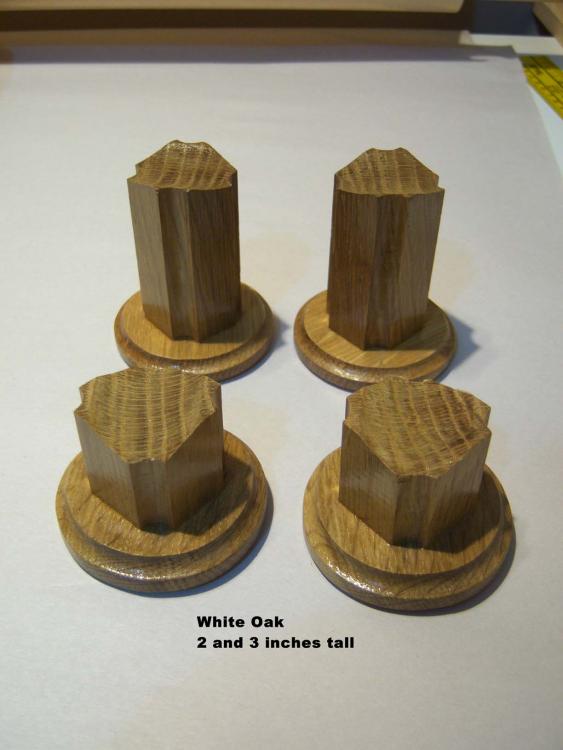
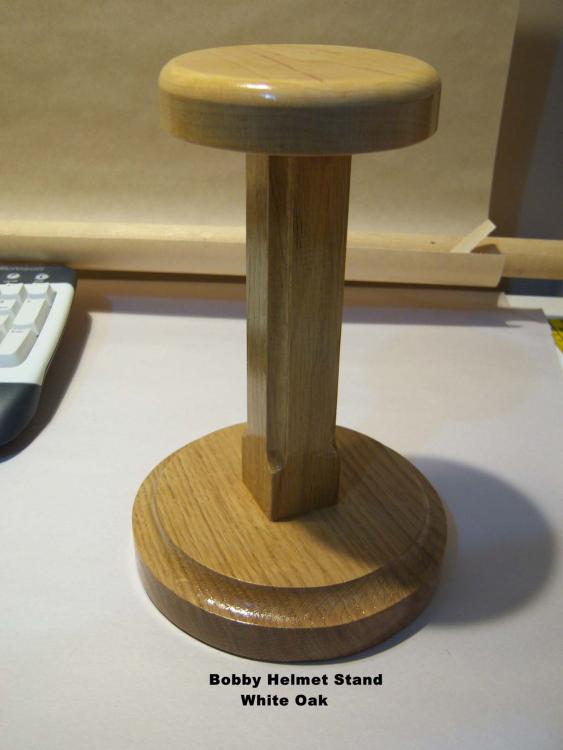
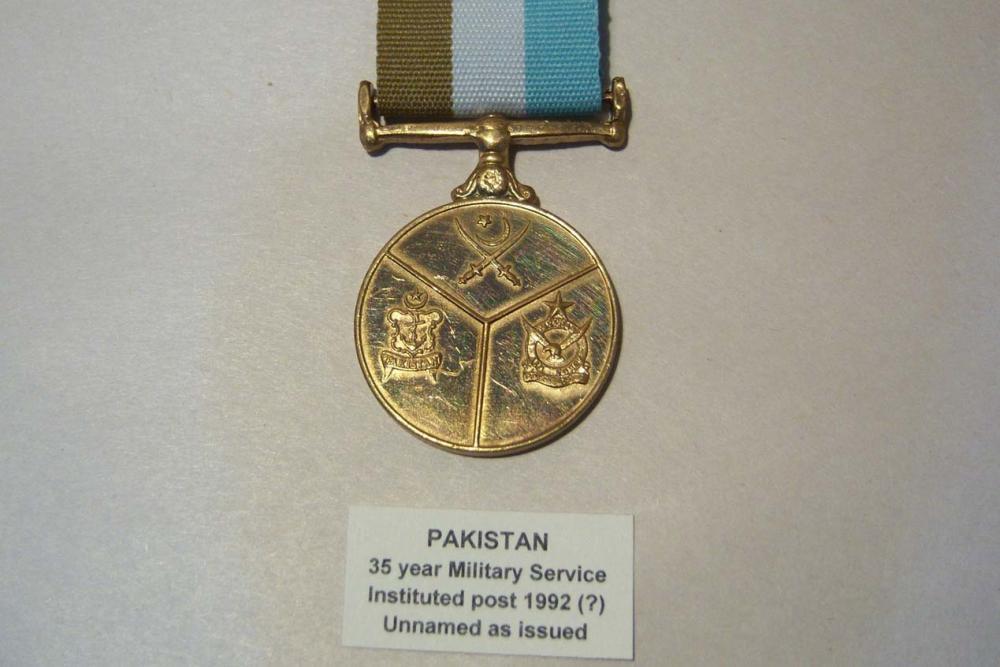


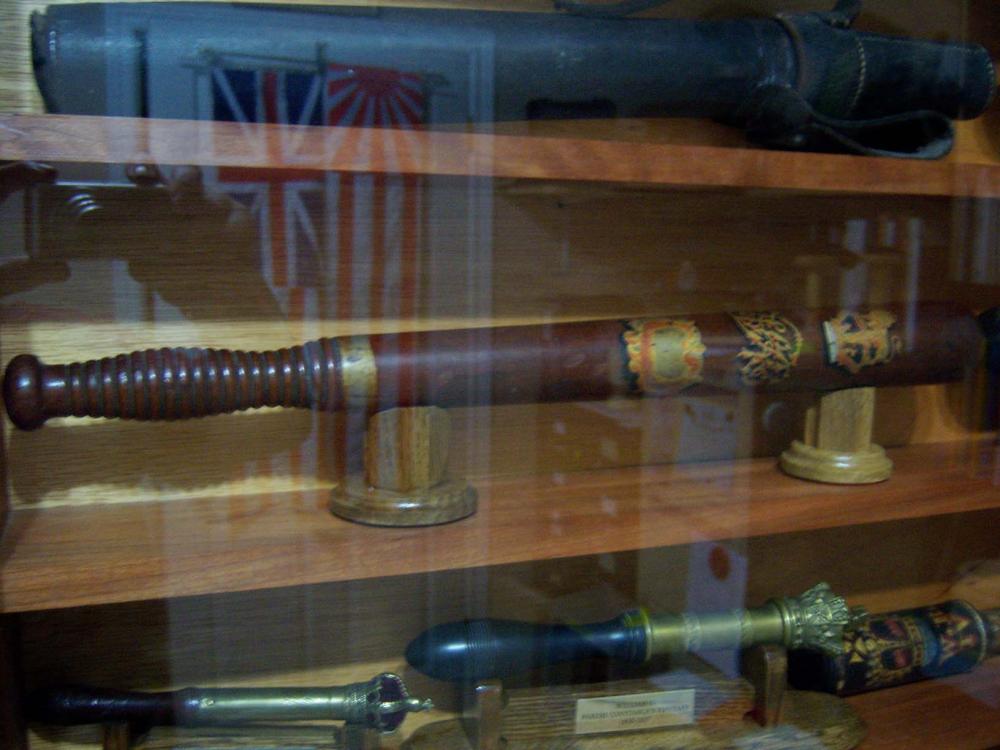
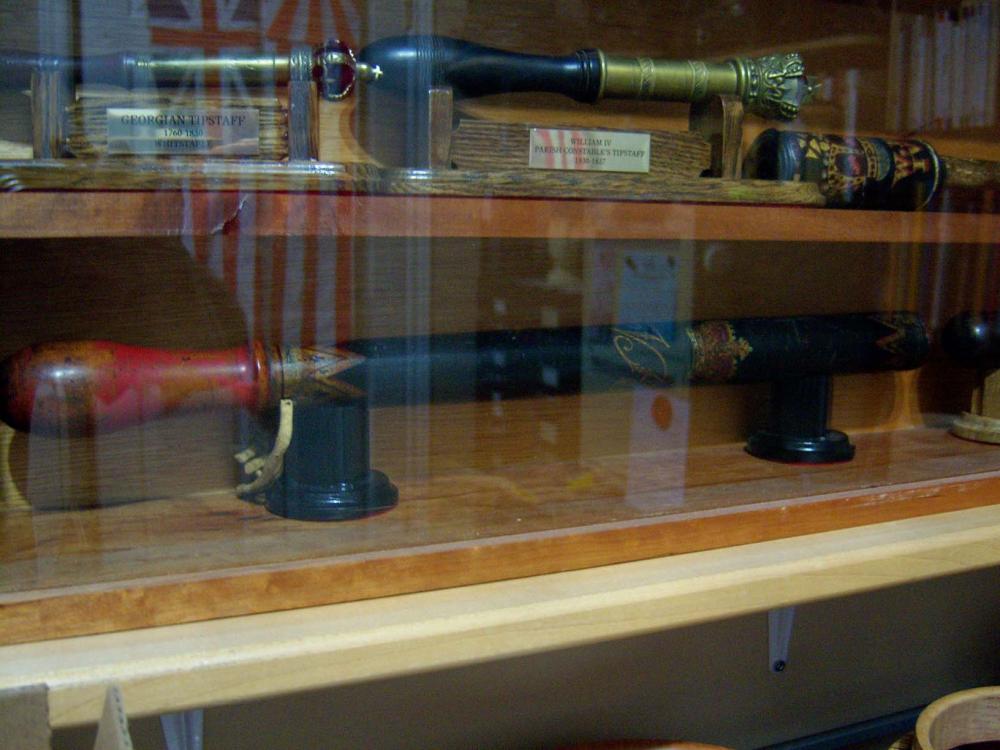
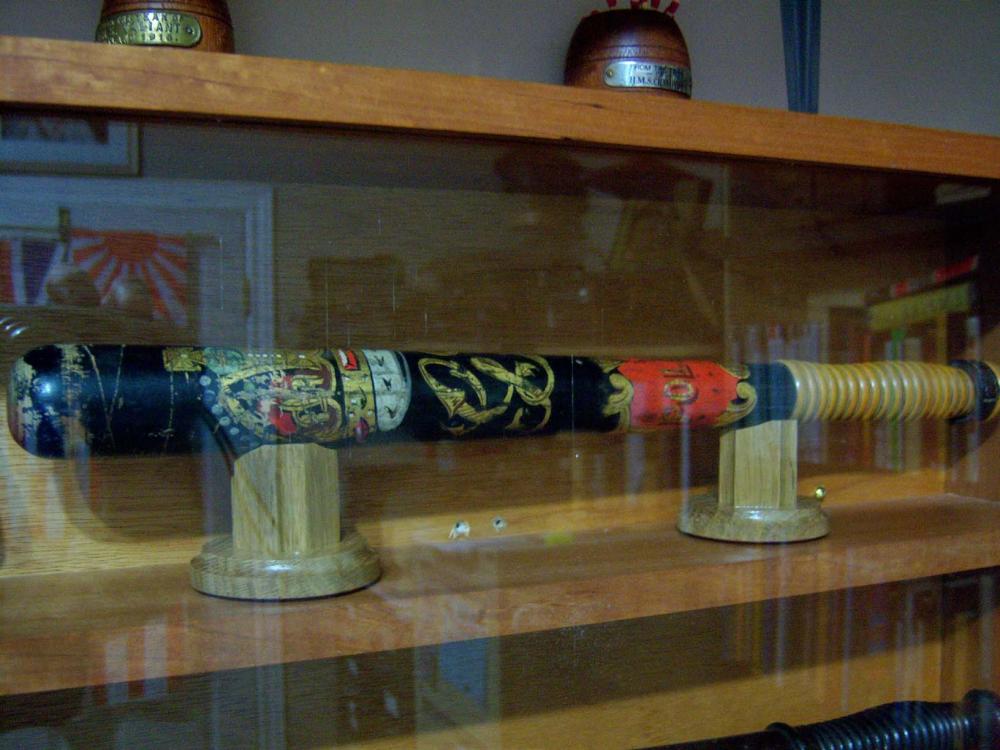
Rare photo from WW 1 - can anybody advise what sort of device soldier is carrying on his back?
in The Great War 1914 to 1918
Posted
Well done Gordon, thank for clearing this up.
regards
Brian